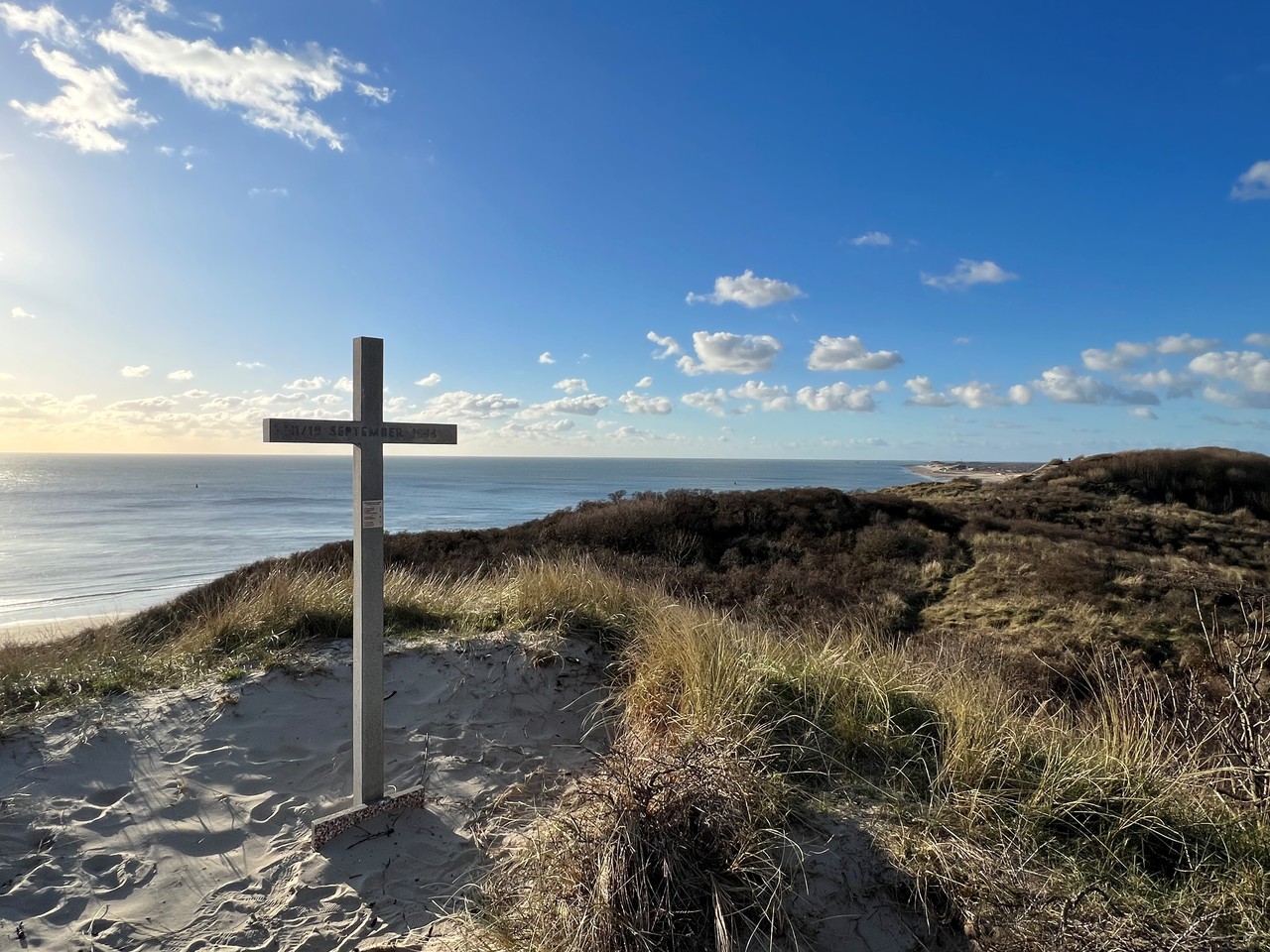This also happened to the German soldiers who were stationed on Noord-Beveland. They tried to leave the island via the Kortgene-Wolphaartsdijk ferry. However, a group of civil servants put a stop to this by disabling the ferry. But there was another ferry service that gave the Germans a chance to escape: Kamperland-Veere. Another group of men decided to take action to prevent the occupiers from using this route. Janus Leijnse, a Middelburg resident in hiding in Kamperland, managed to whip up a group of men to take action. A number of the men he informed of his plan were members of the Noord-Beveland Ordedienst (OD): a resistance movement. This included Abraham Markusse, a printer from Wissenkerke and the local leader of the OD. Markusse thought that Leijnse was taking too much of a risk. He asked Andries Dieleman to mediate so that the plan would be called off. But Leijnse was not to be outdone. He managed to convince Dieleman to join his group of partisans. Together they left for Kamperland, where they disabled the ferry to Veere. Later that day, Leijnse's group took four German soldiers hostage. While the red-white-blue flag flew all over the island, Leijnse and his comrades drove around the island with the German soldiers held hostage, and their weapons, as valuable loot.
Two German soldiers managed to escape from the Noord-Beveland partisans. These men were able to use light signals to alert their colleagues in Veere and soon a small German naval vessel arrived to investigate. Leijnse and his comrades fired at the ship, but the Germans had heavier artillery: the bullets and grenades fired at the group hit two farms, which went up in flames. The opportunistic hostage-takers fled and the Germans came ashore. The German soldiers were furious. An ultimatum was given: 70 residents of Kamperland would be shot if the hostages, including their weapons, were not released by 23:00 that evening. Fortunately, it did not come to that. The hostages were dropped off at the Ordedienst in Wissenkerke and Leijnse and his supporters fled like rabbits.
By now it was clear that the Netherlands had not yet been liberated and the occupiers immediately asserted themselves again. They arrested a number of residents of Noord-Beveland and interrogated them in a café in Wissenkerke. The name Markusse was mentioned, but he managed to go into hiding in time. Unfortunately, things did not end so well for another person involved. Andries Dieleman was also in hiding, in the cattle drinking well behind the parental farm, but he was betrayed and arrested. Together with fellow person in hiding Cor Heystek, he was imprisoned in the House of Detention in Middelburg. He told his fellow prisoner that he had admitted during his interrogation that he had been one of the drivers during the hostage situation. On 9 September, Dieleman was moved to a bunker in Vlissingen, where he was sentenced to death by summary trial. Andries was given the opportunity to write a farewell letter to his family and did so. This letter has been preserved. His death sentence was carried out on 11 September in the dunes near Klein-Valkenisse, where he was also buried. It was not until 15 January 1946 that his body was discovered in a mass grave on top of the dunes. Six days later he found his final resting place at the General Cemetery in Wissenkerke. In memory of the tragic event in September 1944, a plaque was unveiled at the intersection of Klaassesweg-Valkenisseweg on 17 September 1994. A cross was also placed in the dunes at Klein-Valkenisse. A grave monument for Andries Dieleman was unveiled at the cemetery in Wissenkerke in 1948.
